The Palestinian Intifada in a nutshell
From the very first day that Israeli soldiers set foot on Palestine and started the occupation, the Palestinian people have fought that invasion and resisted the occupation.
Rising up against Israeli aggression has become a common practice amongst Palestinians. But there were two major uprisings in Palestine which are known as Intifada.
Intifada means "shaking up” in Arabic, which, In the Palestinian context, refers to attempts to shake up the Israeli occupation of the West Bank in the besieged Gaza Strip, where the word was first adopted to connote aggressive nonviolent resistance.
The first Palestinian intifada erupted in Gaza on the ninth of December 1987 and lasted six years. It was a series of Palestinian protests in the occupied West Bank and the besieged Gaza strip. The protests were against the Israeli occupation and had begun 20 years earlier, in 1967.
The protests first started in the Jabalia refugee camp after an Israeli military truck crushed four Palestinians, killing them on the spot. This came at a time of heightened tensions and triggered massive protests.
The Palestinians not only responded to the move with rallies, but also began a series of civil disobedience actions and boycotts.
There were general strikes, the boycott of Israeli Civil Administration Institutions in the Gaza Strip and the Occupied West Bank, an economic boycott consisting of refusal to work in Israeli settlements and or buy Israeli products, the refusal to pay taxes, and refusal to drive Palestinian cars with Israeli licenses.
Israel's response to the non violent Palestinian methods of protesting was the deployment of some 80,000 soldiers to the occupied territories.
Israeli troops frequently used live rounds against Palestinian protesters who were only civilians demanding their basic rights. In the first 13 months of the protests, 332 Palestinians were killed. Images of soldiers beating adolescents with clubs then led to the adoption of firing semi lethal plastic bullets.
There were 53 underage Palestinians among those who were killed by the disproportionate Israeli reaction to the peaceful protests. Israel's response wasn't just limited to killing and arresting Palestinians. The occupying regime used other heavy handed tactics including closing universities, deporting activists and razing homes.
The Intifada ended with the signing of the Oslo Accords in 1993. Israeli suppression of the Intifada left 1500 Palestinians dead and tens of thousands injured.
The second Intifada, also known as the Al Aqsa Intifada, began on the 28th of September 2000 when Israeli opposition leader, Ariel Sharon, and a Likud party delegation, stormed the Al Aqsa mosque with thousands of troops deployed in and around the Old City of Jerusalem, Al Quds.
Sharon's visit was condemned by the Palestinians as a provocation as well as an incursion since his bodyguards were armed. Shortly after Sharon left the site, angry demonstrations by Palestinians erupted outside the compound.
The Israeli response was extremely harsh. At first, Israeli troops used tear gas and rubber bullets to disperse the protesters. But then, they switched to live ammunition targeting civilians. in the first two days of demonstrations five Palestinians were killed and a further 200 were injured.
On the 30th of September 2000 the death of Mohamed El Dora, a Palestinian boy shot dead while sheltering behind his father in an alley in the besieged Gaza Strip, was caught on video. The scene assumed iconic status as it was shown around the world demonstrating Israel's blatant violence against Palestinians.
During the Al Aqsa Intifada, Israel caused unprecedented damage to the Palestinian economy and infrastructure. Israel reoccupied areas governed by the Palestinian Authority and began construction of its separation wall.
By the end of 2008 the Palestinian death toll had reached almost 5000, with over 50,000 injured. Amnesty International declared that approximately 80% of the Palestinians killed during the first month were participating in peaceful demonstrations.
Many considered the Sharm el Sheikh Summit on the 8th of February 2005 to be the end of the Second Intifada, the Palestinian President Mahmud Abbas and Israeli Prime Minister Ariel Sharon agreed to the resumption of talks to reach the so called “two state solution”.
Sharon also agreed to release 900 of the 7500 Palestinian prisoners being held at the time and to withdraw from West Bank towns that had been reoccupied during the Intifada.
Israel, however, never fulfilled its end of the bargain, which comes as no surprise.
US vetoes Palestinian request for full UN membership
Iran sufficed to striking part of Israel’s military positions: FM to UN chief
IRGC: Israel’s Dimnoa nuclear reactor not among Op. True Promise’s targets
'Stop any further Israeli adventurism,' Iran FM tells Security Council
Google fires 28 employees for protesting military deal with Israel
Burkina Faso expels three French diplomats over ‘subversive activities’
Iran slams G7 statement, vows no iota of doubt to respond to aggression
German authorities arrest Jewish activist over pro-Palestinian demos


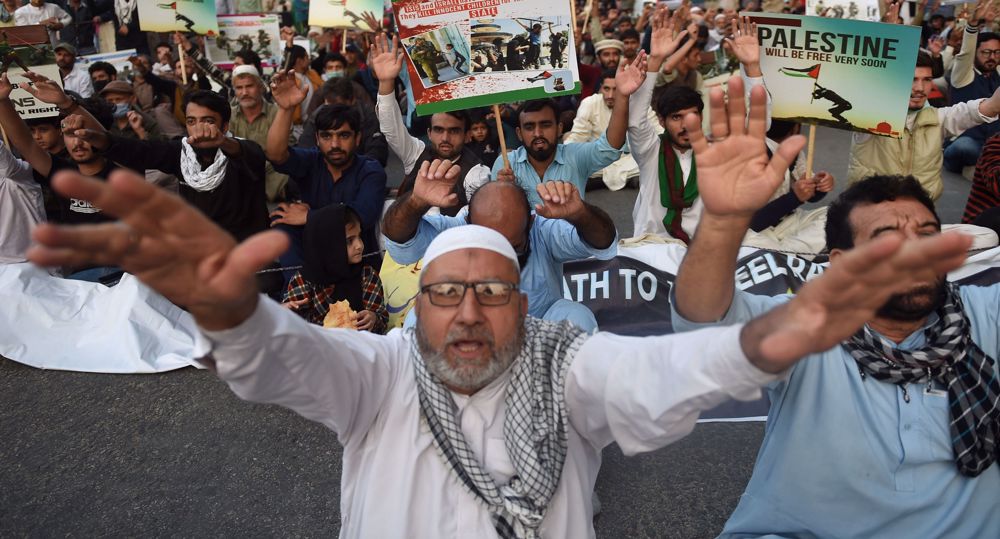


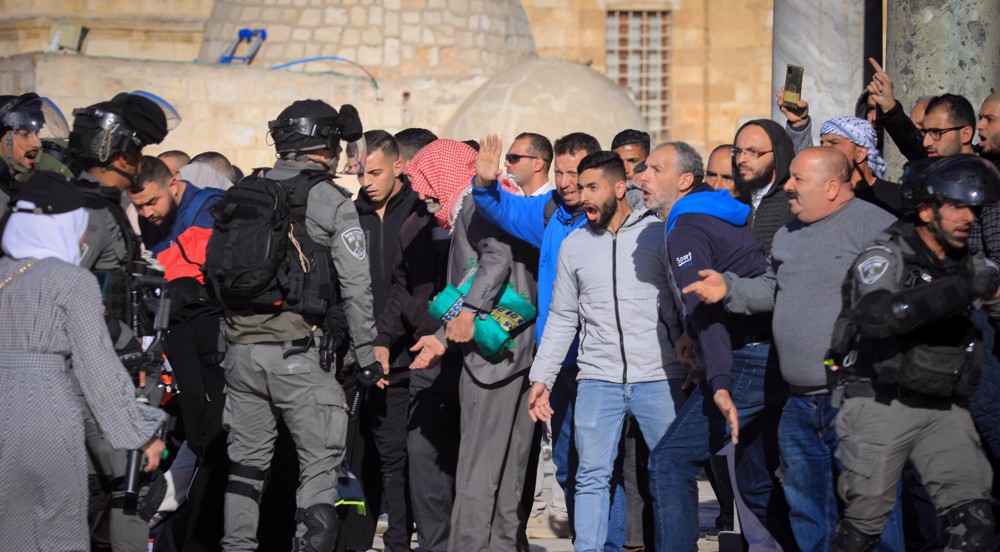
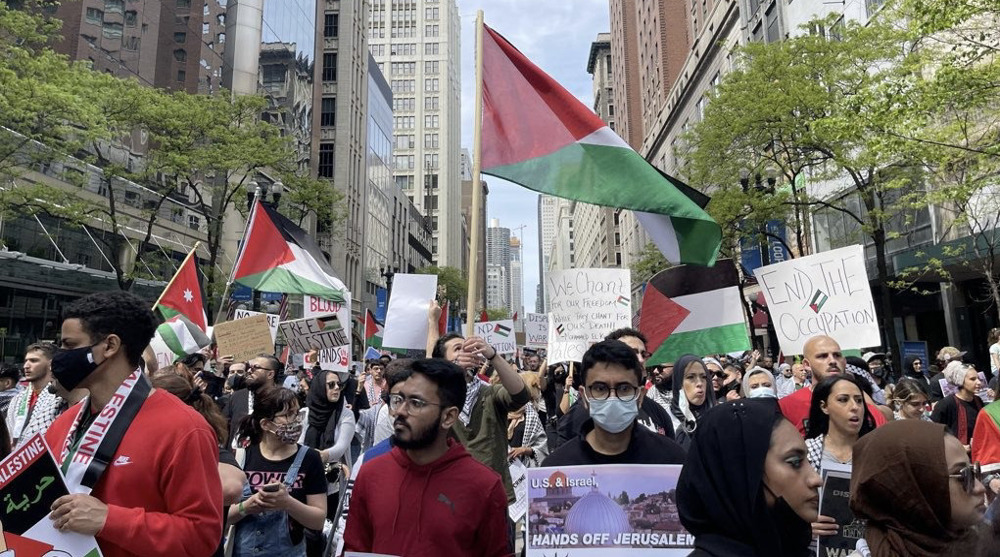
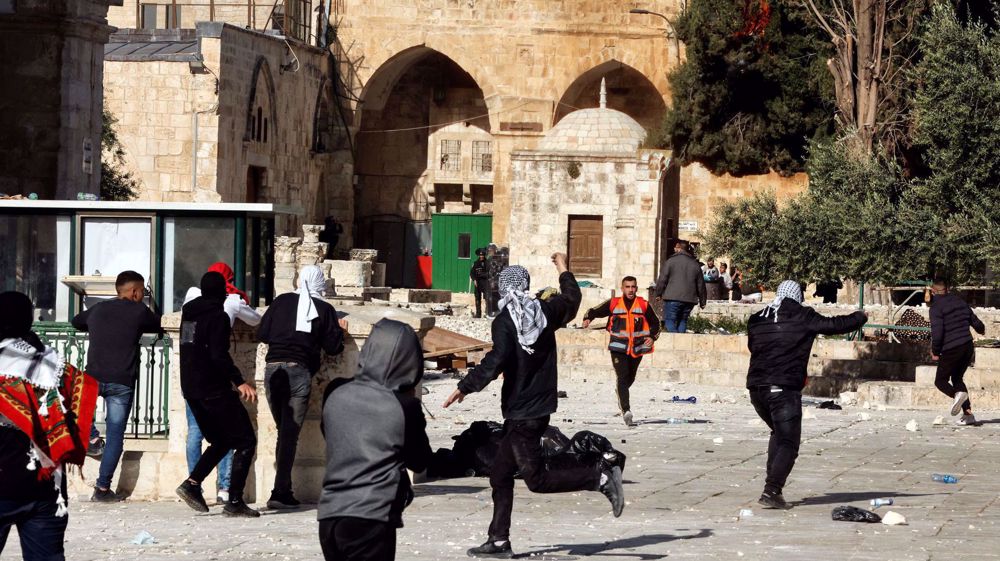

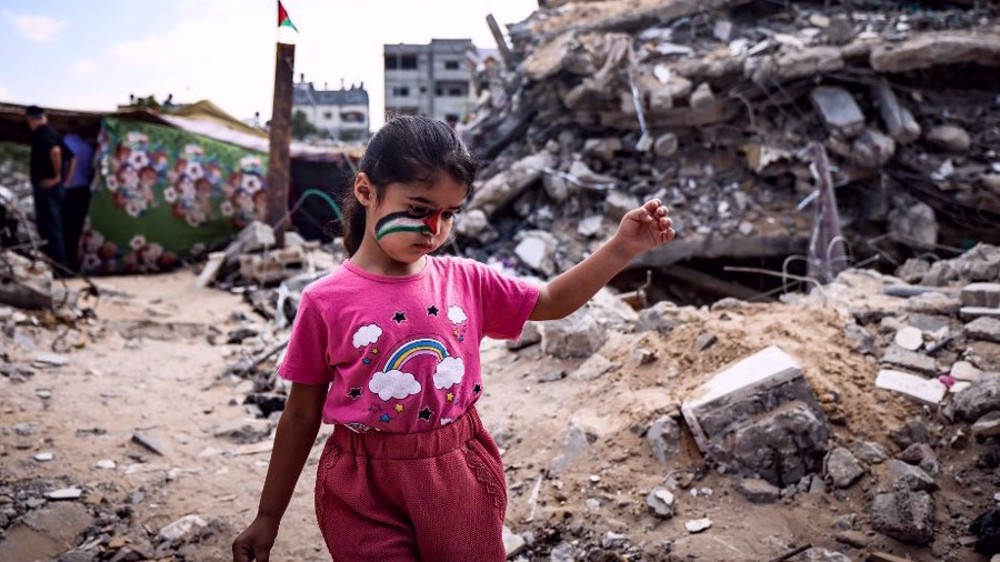


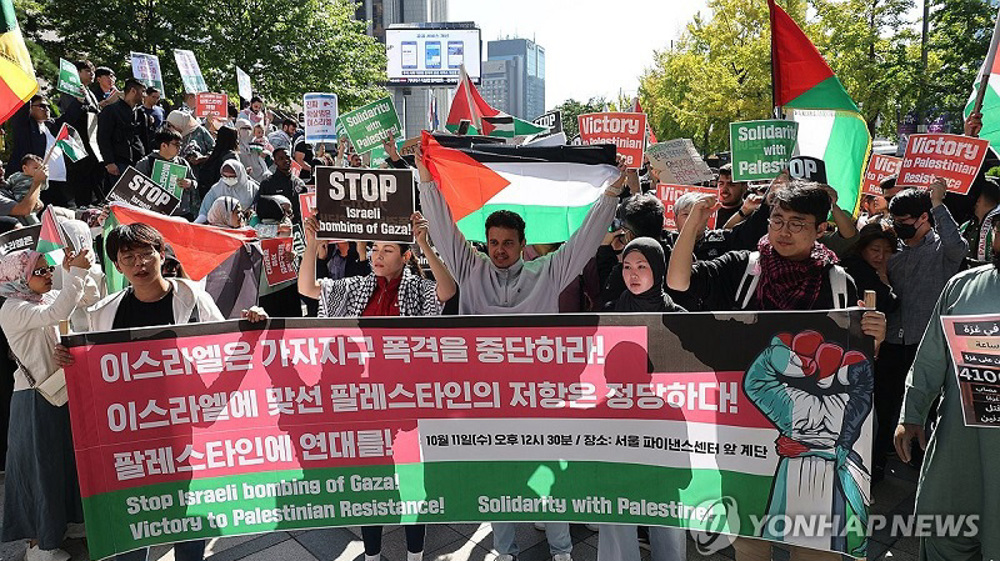




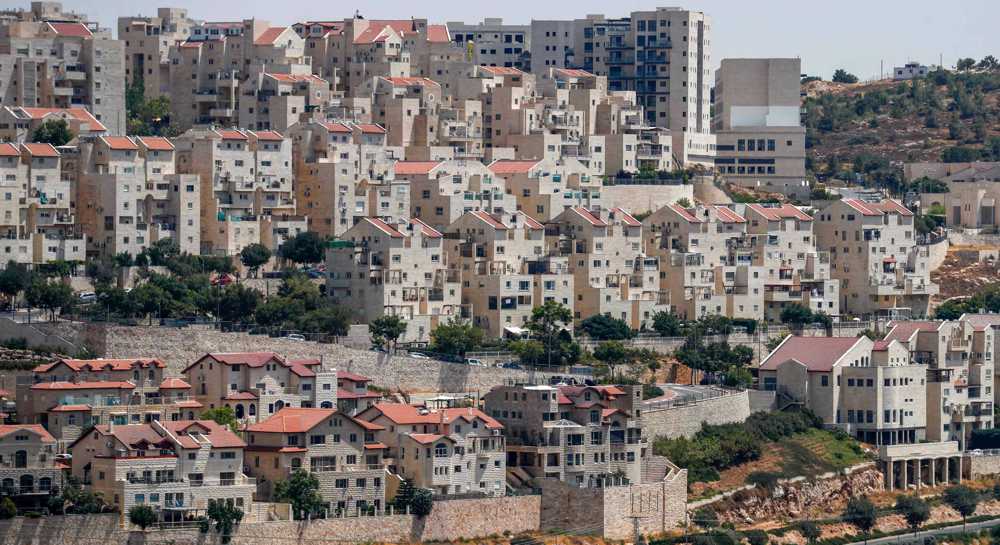


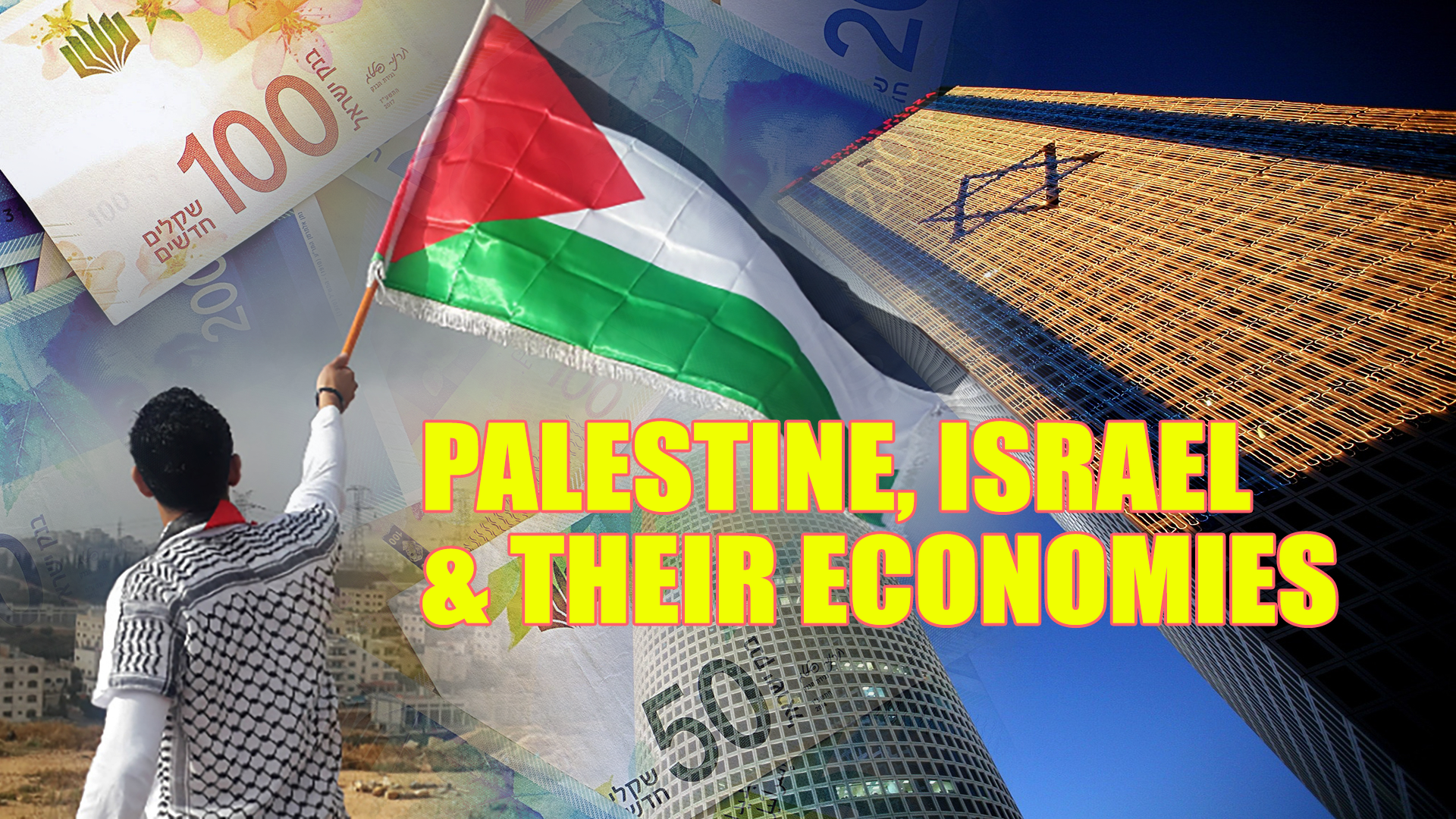
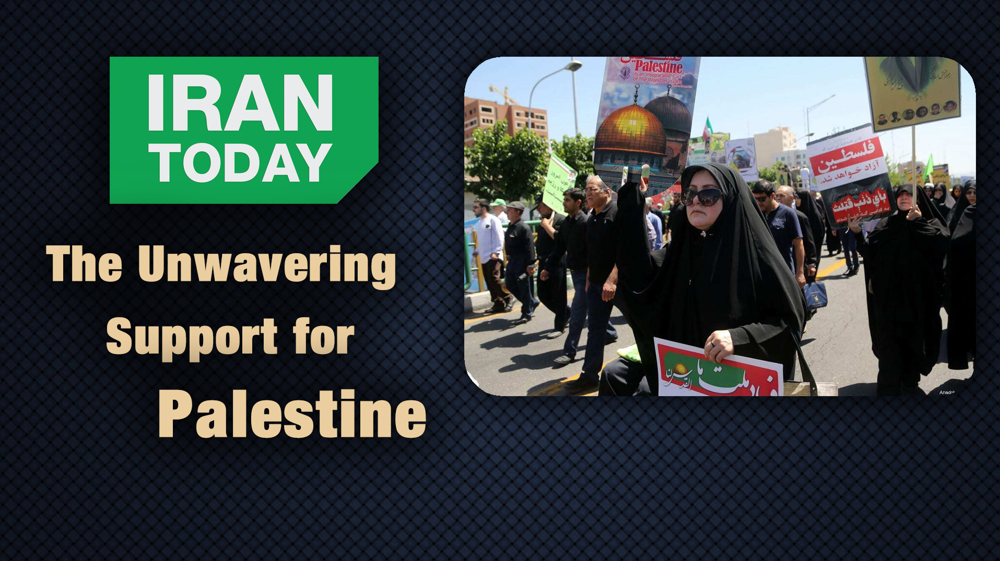
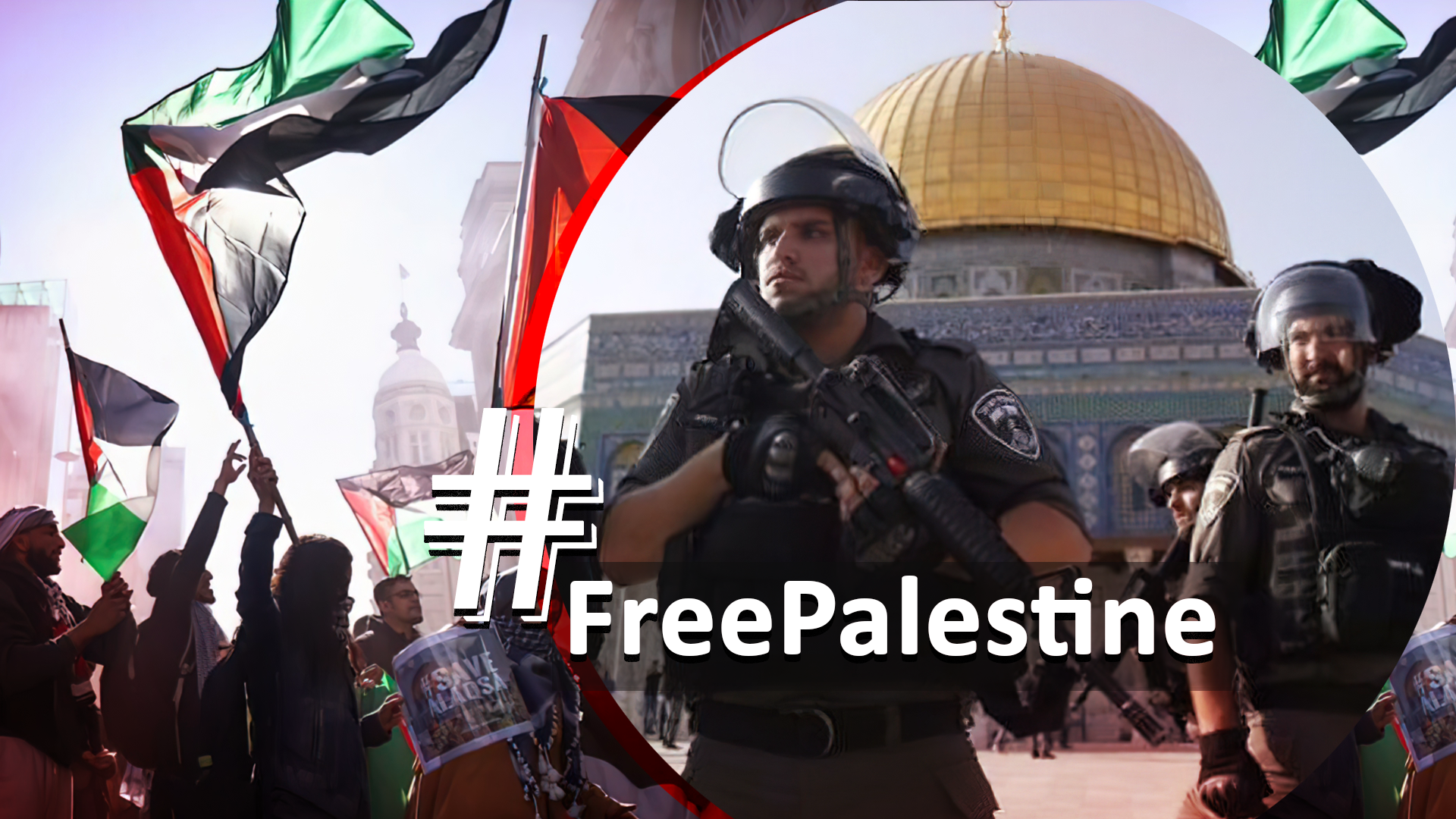

 This makes it easy to access the Press TV website
This makes it easy to access the Press TV website